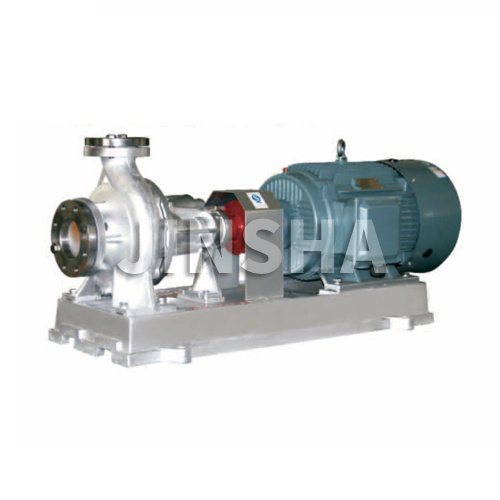NEWS CENTER
Brief overview of the oil pump
Time:
2022-03-23
The oil pump is again a light and compact pump, and an oil pump is proposed having a housing made of an aluminum-containing material and a movable molding arranged in the housing, wherein the movable molding is The part is at least partially made of a sinterable material comprising at least an austenitic iron-based alloy, and wherein the molded part made of a sinterable material has a thermal expansion of at least the outer shell Coefficient of thermal expansion with a coefficient of 60%.

Oil pump-mechanical introduction
There are three types of oil pumps: in-line type, distribution type, and single type.
No matter which type, the key to the oil pump lies in the word "pump". The quantity, pressure and timing of the pump oil are very precise and are automatically adjusted according to the load. The oil pump is a component with fine processing and complex manufacturing process. The oil pumps of general automobile diesel engines at home and abroad are produced by a few professional factories in the world. The oil pump needs a power source to run, and the lower camshaft is driven by the engine crankshaft gear. The key part of the oil pump is the plunger. If the common syringe in the hospital is used as an analogy, then the movable plug is called the plunger, and the syringe is called the plunger sleeve.
Suppose a spring is installed in the needle to push the column. One end of the plunger and the other end of the plunger are in contact with the camshaft. When the camshaft rotates once, the plunger will move up and down once in the column cold sleeve. This is the basic movement mode of the plunger of the oil pump. The column cooler and the column cooler sleeve are very precise accessories. There is an inclined groove on the plunger body, and there is a small hole on the cylindrical sleeve called the suction port. This suction port is filled with diesel oil. When the inclined groove of the cylindrical cold is facing the suction port, the diesel oil enters the plunger sleeve, and the plunger is blocked by the camshaft. When it reaches a certain height, the inclined groove of the plunger is staggered from the suction port, and the suction port is closed, so that the diesel oil can neither be sucked in nor pressed out. The valve swarms out into the fuel injector and from there into the cylinder combustion chamber. The plunger discharges a certain amount of diesel each time, only part of it is injected into the cylinder, and the rest is drained from the oil return hole, and the amount of fuel injection is adjusted by increasing or decreasing the amount of oil returned. When the plunger rises to the "upper point" and then moves down, the inclined groove of the plunger will meet the suction port again, and the diesel oil will be sucked into the cold sleeve of the column, and the above action will be repeated again. Each set of column cooling system of the in-line oil pump corresponds to one cylinder, and there are 4 sets of plunger systems for 4 cylinders, so the volume is relatively large, and it is mostly used in medium-sized and above vehicles. For example, diesel engines on buses and large trucks generally use in-line oil pump.
Through the above introduction and analysis of the oil pump, hope it helps you.
More News


